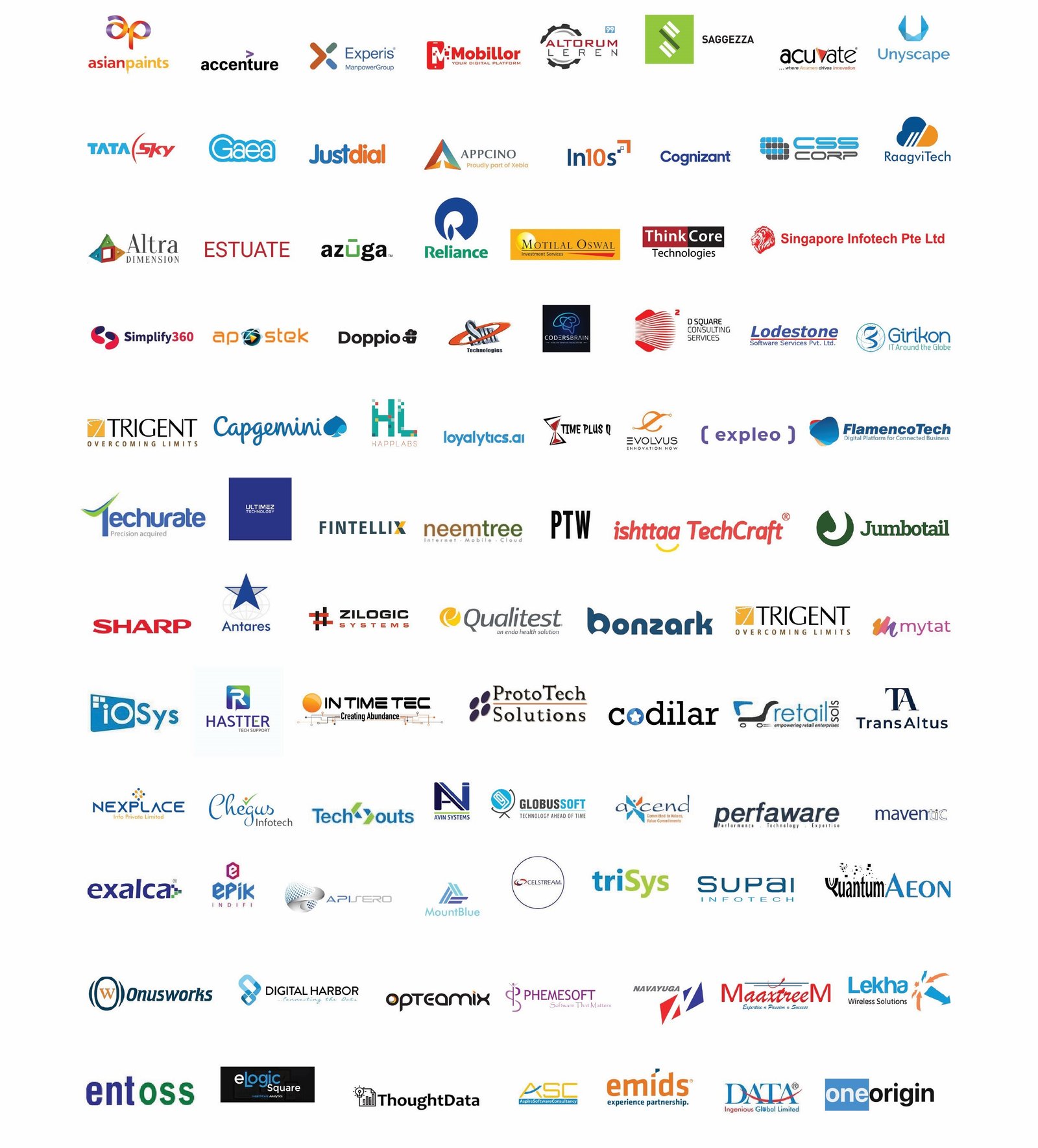2 to 3 Months
Online + Offline
15 Students Only Batch Size
Anyone
Beginner to Advanced Training
This part begins with an exploration of Business Intelligence (BI), providing a foundational understanding of its definition, scope, and importance in today’s organizations. Participants will appreciate how BI enables data-driven decision-making and examine real-world use cases across industries. A comparison between major BI tools, with a special focus on Power BI and Tableau, highlights their features, capabilities, and architecture. Learners will understand licensing models, workflows from data extraction to insight delivery, and installation procedures for Power BI Desktop and Tableau Desktop. The user interfaces of both tools are introduced to ensure learners are comfortable navigating and setting up their initial BI environment.
In this part, participants learn the essential processes of connecting to various data sources including Excel, PDF, SQL databases, SharePoint, and cloud services. Critical differences between live and extract connections are covered along with an introduction to SaaS connectors, Azure SQL, and Analysis Services. The data preparation phase is explained using Power Query Editor in Power BI and the Data Pane in Tableau, emphasizing metadata management, data profiling, handling joins, unions, and resolving null values. Tableau Prep is introduced for data shaping and cleansing tasks. Moving forward, participants master data modeling by building relationships, understanding cardinality and cross-filter directions, creating hierarchies, and establishing drill paths. Key expressions are introduced through DAX in Power BI and calculated fields and Level of Detail (LOD) expressions in Tableau, equipping participants to create strong analytical data models.
This part provides an in-depth look at building impactful data visualizations in Power BI and Tableau. Participants develop skills to create various charts and visuals including bar charts, pie charts, KPI indicators, waterfall charts, and geographical maps. Advanced techniques like drill-downs, drill-throughs, bookmark navigation, conditional formatting, and custom tooltips are discussed. Participants also learn natural language querying using Power BI Q&A and statistical analytics such as clustering, forecasting, and reference bands within Tableau. Advanced calculations in DAX, quick table calculations in Tableau, and performance optimization techniques ensure learners build high-performing analytical reports. Practical tips for ensuring performance, usability, and visual appeal in dashboards are emphasized.
Participants are introduced to the concepts of building and formatting professional dashboards in Power BI and Tableau. They learn to apply best practices for layout, themes, actions, filters, and interactive elements to make dashboards dynamic and insightful. Storytelling techniques are emphasized by demonstrating how to connect multiple views into cohesive narratives, incorporating annotations and highlight actions. Participants explore Power BI Service and Tableau Server/Public for sharing dashboards, manage permissions, secure content using Row-level Security, and schedule data refreshes through Gateways. Admin activities, workspace management, publishing apps, collaboration strategies, and governance principles are discussed to ensure secure and efficient BI deployment across organizations.
The final part prepares participants for real-world applications by introducing advanced topics such as Power BI Premium features, deployment pipelines, incremental data loads, and embedding reports via APIs. Learners explore Tableau’s R integration, advanced mapping with custom territories and polygons, web mapping services, and image-based coordinate plotting. Participants create end-to-end BI projects such as business dashboards, sales and profitability analysis, real-time monitoring dashboards, and geo-based analytics projects. Industry-specific case studies from retail, finance, healthcare, and marketing are included to apply knowledge in practical scenarios. The course concludes with preparation guidance for certifications like Microsoft PL-300 and Tableau Desktop Specialist, ensuring learners are ready to pursue professional roles in business intelligence and analytics.

Once you have completed the course, assignments, exercise and submit the projects you will be able to generate the certificate
Our Students and curriculum have been trusted by over 500+ companies across India

